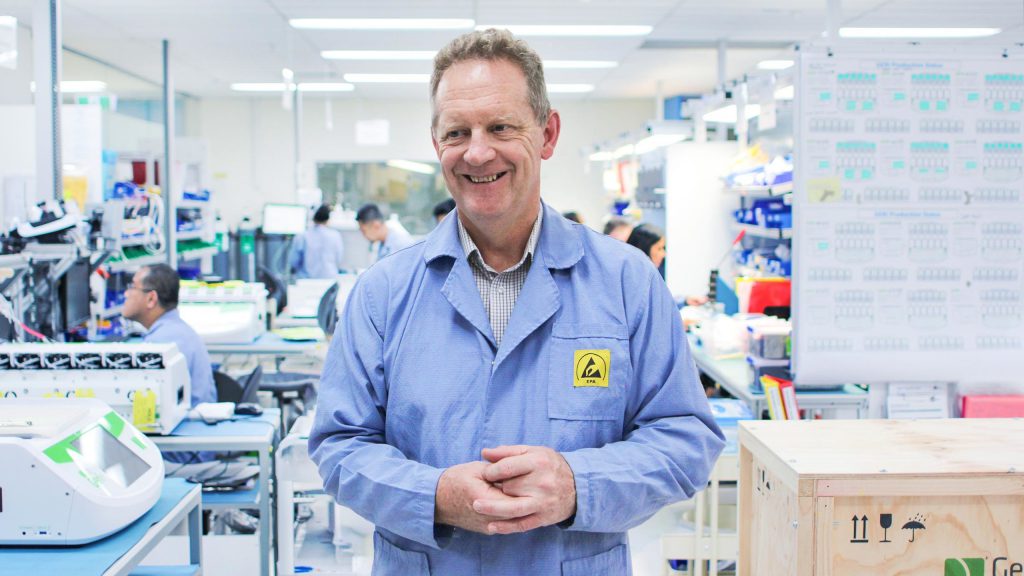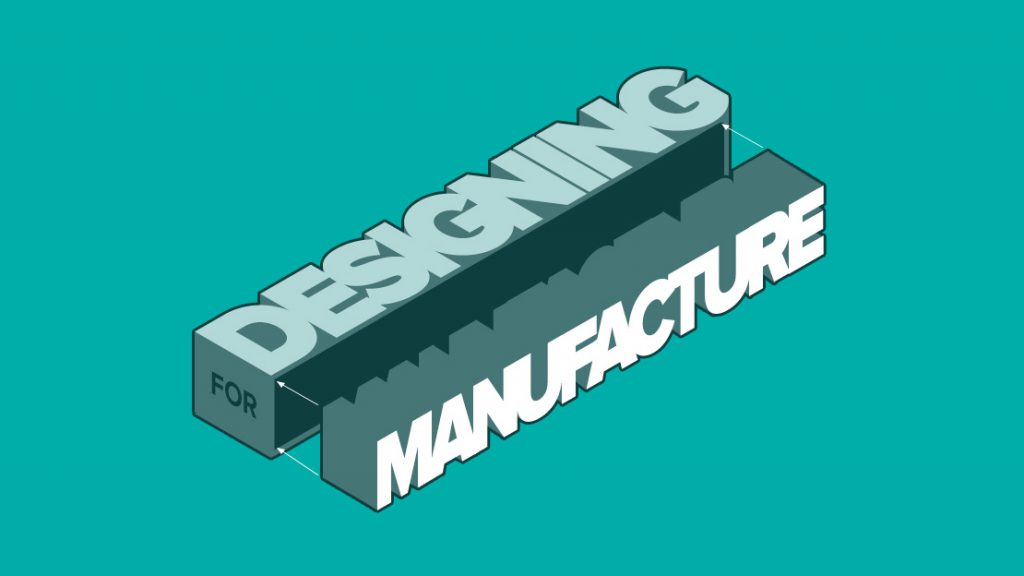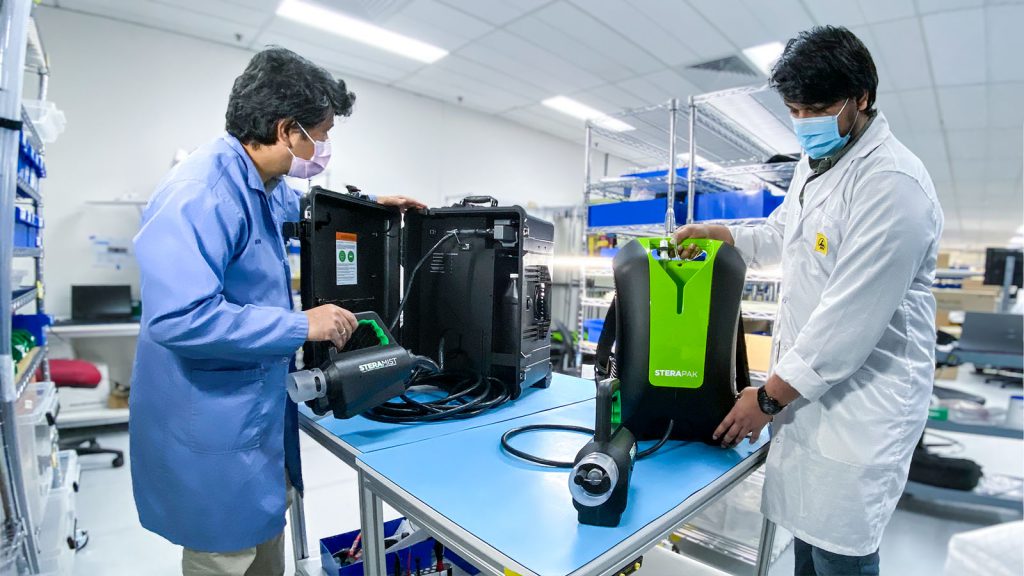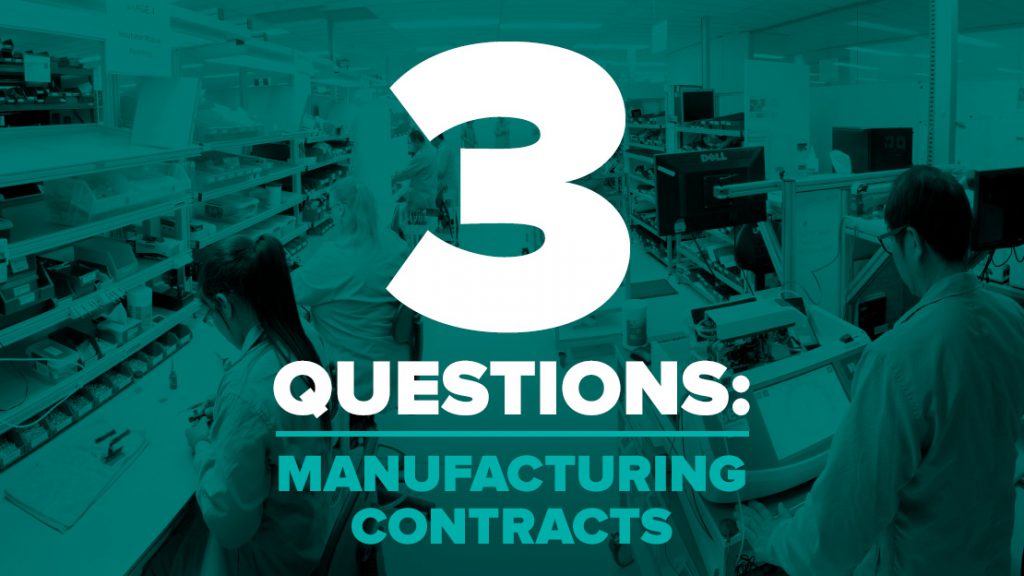
Manufacturers are rarely seen as a source of product innovation. Their role is often more narrowly defined to just ‘manufacturing products’ as required. But what if your medtech manufacturer used the deep customer insights they gather to help you drive product improvements and explore new product opportunities, all while still manufacturing products in a very disciplined and reliable manner?
I recently discussed this topic with two industry experts, Vanessa Kelchner, Vice President, Operations at Akadeum Life Sciences, Inc. and Valerie Day, Sr. Vice President, Product Development at ProciseDx Inc. at MD&M West in Anaheim, California. Here is a summary of their take-aways:
Should you expect your manufacturer to be more than just a predictable and reliable producer? Should they help you drive next generation product innovation?
Vanessa:
I think it is very beneficial to expect more.
We looked for a company that was willing to engage with design and development through to manufacturing and that is because we are an early-stage company and having manufacturing that is a source of innovation is very helpful to us.
The manufacturers are the ones that are very closely engaged with suppliers and have a deep knowledge of materials that we would be using in our product. So, it’s not only for affordable production but also the opportunity to gain performance benefits for our product.
They get to know us; they get to know our product and they get to know our customers.
Valerie:
Absolutely!
Innovation has not traditionally been one of the skillsets that we have looked for in our manufacturing partner. I believe it is a huge benefit to find a partner who offers strong manufacturing and supply chain core competencies and also has an engineering team with the skillsets to support a modernization project.
It is very important in manufacturing that we maintain rigorous discipline. We are a regulated environment and under strict change control, but it is certainly ideal to partner with a company that can support component updates, product improvements and next generation product design. It is ideal to have a long-term view of who you select as your manufacturing partner.
How do you engage with them to ensure they are reliable and innovative?
Vanessa:
Our manufacturing engineer was already looking at what we were developing and whether it was scalable for manufacturing.
Valerie:
I want both. We just transferred a medical device from one manufacturer to another manufacturer and due to a tight schedule, we needed it transferred without changes. Now that the product has been transferred, we are starting to discuss enhancements and improvements. So to work with a manufacturing partner that is able to support both rigorous manufacturing under well documented procedures but also have a team that can support enhancements and improvements, all within the same organization, and implement in a controlled manner is very beneficial.
Are there any particular frameworks or structures to facilitate the innovation? Should it be a sprint or continuous?
Vanessa:
I do think it’s a little bit of both. It’s continuous in your design and development phase. Then once it rolls into manufacturing it becomes more of a sprint. We’re a small company so we need to be very disciplined on changes. We prefer to accumulate the suggestions and then take an honest look at how much it benefits our customer and the market before we decide to make any changes
Valerie:
For manufacturing personnel, we want them to be disciplined, follow procedures and focused on meeting the forecast. But when the manufacturing team has suggestions and potential improvements based on their observations, we should have vehicles in place to collect, review and cut in prioritized improvements under clear statements of work in a disciplined manner. We tend to accumulate a list of software and hardware improvements suggestions from a wide range of stakeholders. We then manage and prioritize that list. The proposed improvements are bundled for design updates, qualification and cut-in under Statements of Work. I think that approach works well when properly managed.
What sort of innovation and what sort of benefits can we expect from a manufacturer that provides innovation?
Valerie:
I see several scenarios. First, improve the current product, second, design a second-generation product and third develop a new ancillary or companion product. For a diagnostic products and some other medical devices, a refresh of the industrial design may have minimal impact on completed V&V including the clinical trial minimizing the scope of testing. There could be a modernization that adds 5 years to the life of the product. But ideally the manufacturing organization could handle the development of a next generation product.
What is the ideal mix of skills and characteristics for a medtech manufacturer?
Vanessa:
I’m actually a fan of a co-located model where they can come up with an idea and take it to the manufacturing team for review fairly quickly. Under this framework you can have some of the innovation engaging people very quickly with the structured manufactured teams.
Valerie:
My ideal model is a company with a strong manufacturing and supply chain team; plus another team that offers design and innovation services with strong collaboration systems for the two groups, all within the one organization. I want them both within one company.
Closing comments
Valerie:
I think it is very valuable to have a long term view of a manufacturing partner. We should consider organizations that provide not just supply chain, bill of materials and inventory capabilities, but also a team that is in touch with what is happening in the bigger world, in touch with new technologies and in touch with things we might not have even considered to improve our offering.
I think of product development and manufacturing transfer as a parallel to the “design/build” process used in the construction industry.
When you establish in advance that the design partner will be the manufacturing partner, there is additional motivation and focus on the reliability and manufacturability of your product.








